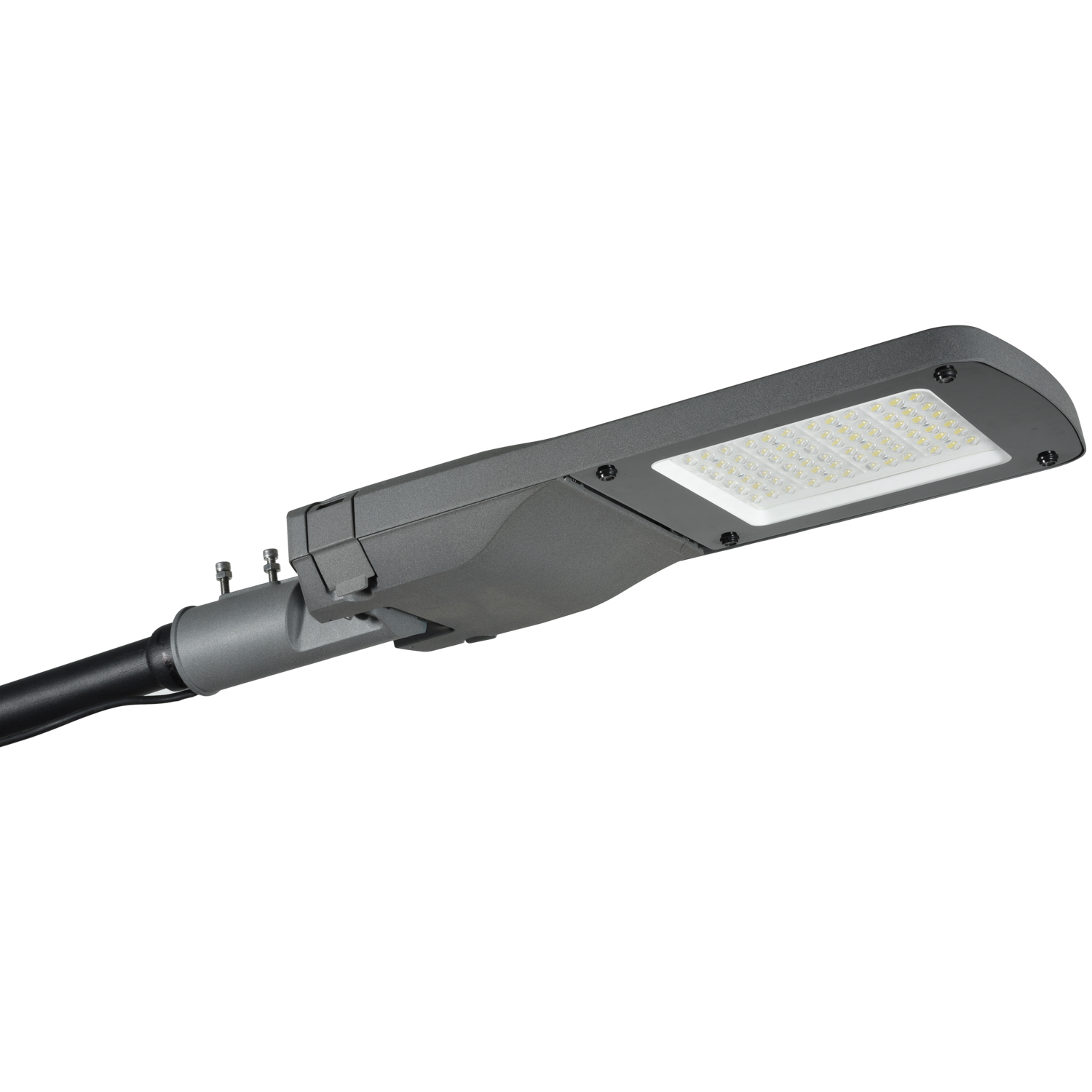Why are LED floodlights the best choice for outdoor lighting?
15-12-2025Ningbo sunle Lighting Electric Co.,Ltd
Introduction In the modern urban landscape, our […]
Introduction
In the modern urban landscape, our streets are the lifeblood of our communities, and the way we light them shapes our safety, sustainability, and sense of place. For decades, cities have relied on traditional High-Pressure Sodium (HPS) or Metal Halide (MH) lamps. a quiet revolution has been underway, transforming our nocturnal environment. Light Emitting Diode (LED) street lights are no longer just an alternative; they are the new standard for efficient, intelligent, and sustainable urban illumination.
This comprehensive guide will explore the technology, benefits, and future potential of LED street lights, revealing why they are the cornerstone of smart and green cities worldwide.

Part 1: The Core Technology – What Sets LEDs Apart?
An LED street light utilizes Light Emitting Diodes, a semiconductor technology that converts electricity directly into light. Unlike older technologies that generate light by heating a filament or exciting a gas (creating a lot of wasted heat), LEDs produce very little heat and are highly directional.
This fundamental difference is key to their superiority:
Efficiency: LEDs require significantly less power to produce the same amount of light, typically saving 50-70% of the energy consumed by traditional HPS lamps.
Directionality: The light from an LED is focused and can be precisely directed onto the street below, minimizing light pollution and ensuring every lumen is used effectively.
Color Rendering: LEDs offer a higher Color Rendering Index (CRI), meaning they can render colors more accurately and naturally than the orange glow of HPS lamps.
Part 2: The Transformative Benefits – Why Make the Switch?
The decision to adopt LED street lights goes far beyond simple aesthetics. It’s a strategic move with profound economic, environmental, and social advantages.
Massive Energy Savings and Financial Returns
The most compelling reason for the transition is the dramatic reduction in energy consumption. For municipalities, this translates to millions or even billions of dollars in annual savings on electricity bills. While the initial investment is higher than traditional lamps, the return on investment (ROI) is often surprisingly quick, typically within a few years.
Unmatched Longevity and Reduced Maintenance
Traditional lamps have a lifespan of around 10,000 to 20,000 hours. An LED street light, by contrast, can last up to 50,000 to 100,000 hours or more. This incredible longevity means less frequent lamp replacement, which drastically cuts down on labor costs, maintenance crews, and the use of specialized vehicles.
Enhanced Public Safety and Security
The crisp, clear white light of an LED improves visibility for drivers and pedestrians alike. Its higher CRI allows people to see obstacles, road signs, and other individuals more clearly, contributing to a safer nocturnal environment. This improved visibility is often cited as a key factor in reducing night-time accidents and deterring crime.
A Powerful Step Towards Sustainability
From an environmental perspective, LED street lights are a win-win. They contain no hazardous materials like mercury or lead, making them easier to dispose of. Most importantly, the massive reduction in energy consumption directly lowers a city’s carbon footprint, helping meet ambitious climate and sustainability goals.
Part 3: Beyond Illumination – The Backbone of the Smart City
The true power of modern LED street lights lies in their ability to act as a technological hub. The humble street light pole is being reimagined as a “smart pole,” serving as the foundational infrastructure for an interconnected urban future.
By integrating various sensors and communication modules, LED street lights can:
Intelligently Adapt: Sensors can detect pedestrian or vehicle traffic and automatically dim or brighten the light, saving even more energy.
Communicate and Report: Connected through a central management system, lights can report real-time data on their status, enabling remote monitoring and immediate fault detection.
Support Urban IoT: The street light grid becomes a distributed network for collecting real-time data. Integrated sensors can monitor air quality, noise levels, and traffic flow, providing city planners with invaluable insights.
Provide Essential Services: Smart poles can house public Wi-Fi hotspots, 5G small cell base stations, electric vehicle charging points, public address systems, and even security cameras, all integrated into the urban fabric.